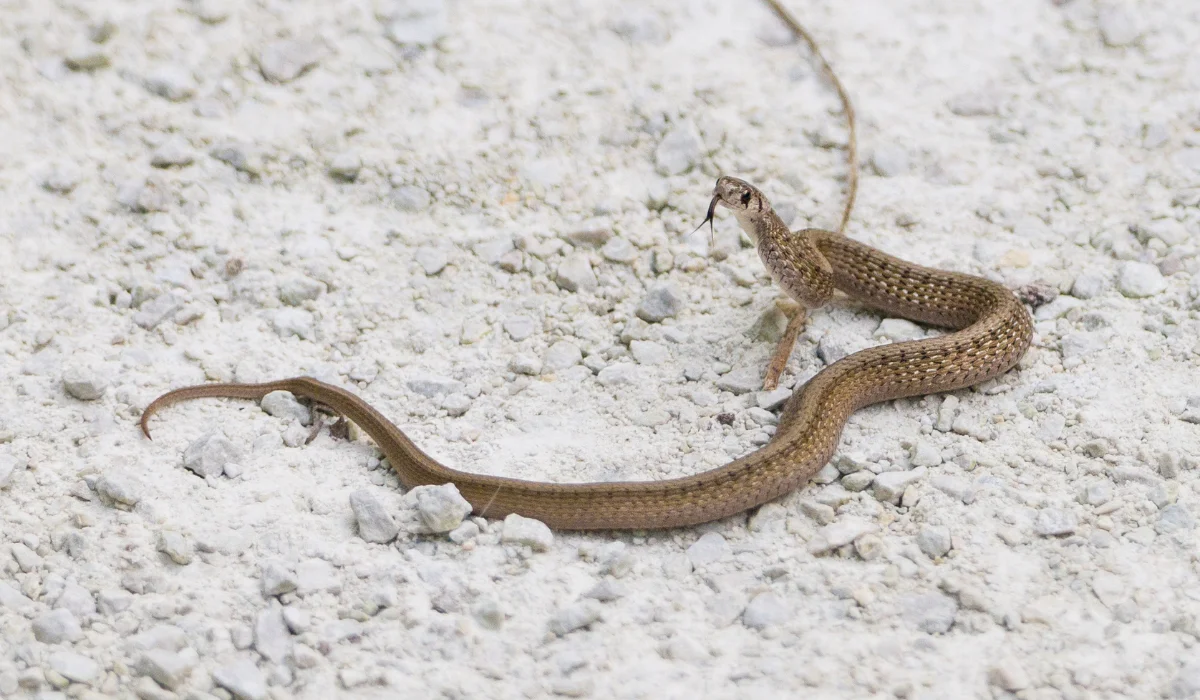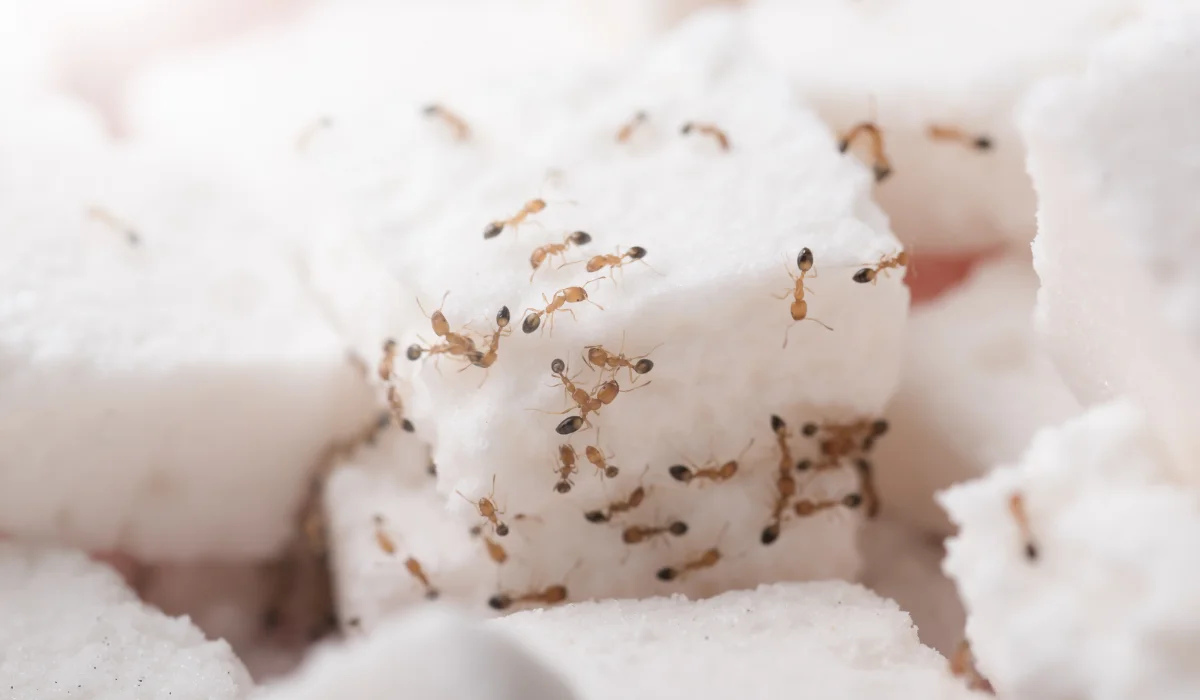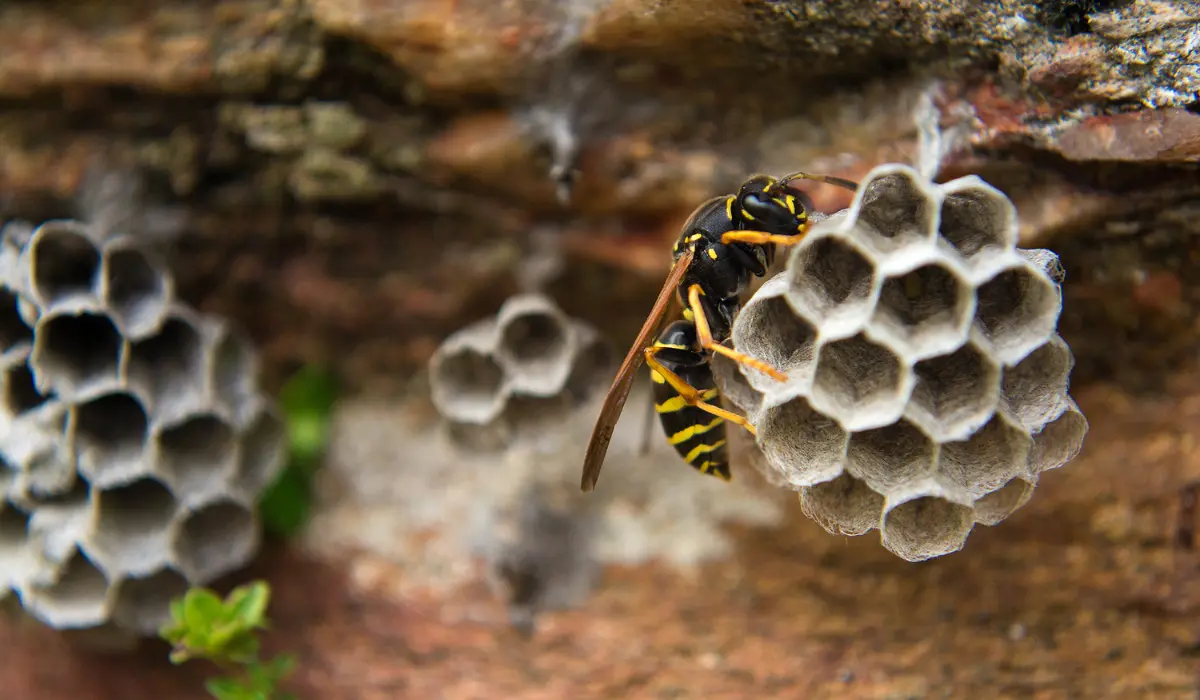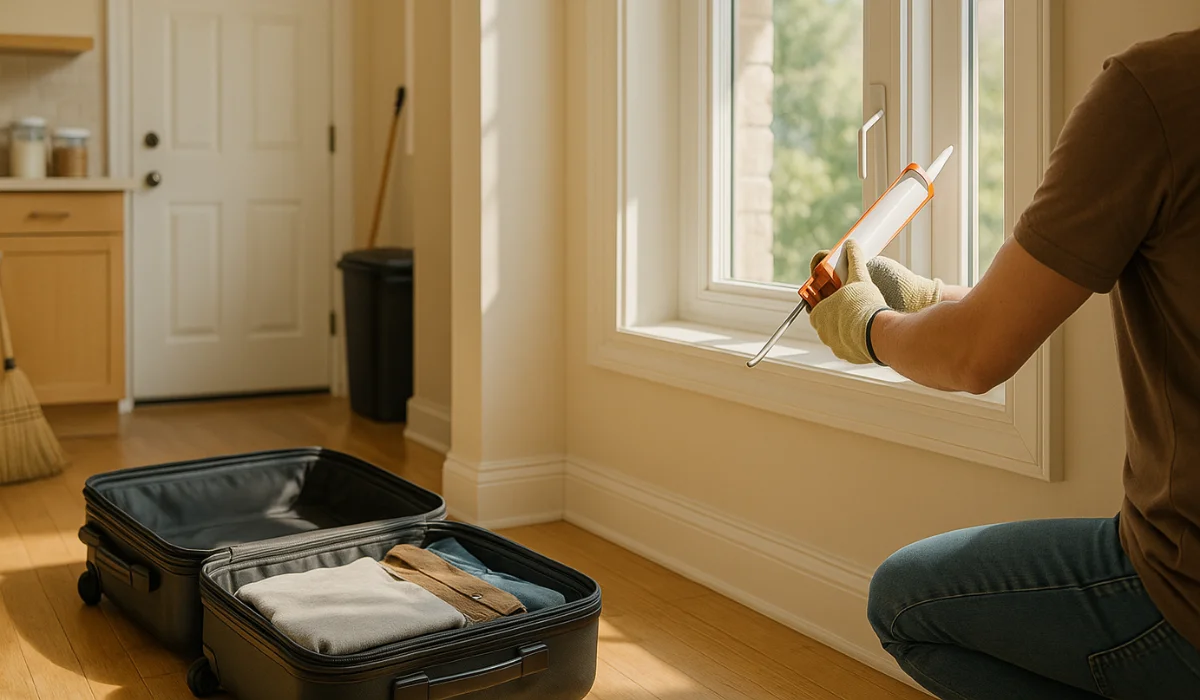If you’ve ever stumbled across a slender brown snake in your yard here in Louisiana, chances are you met the Louisiana brown snake, also known as Dekay’s brown snake.
These shy reptiles are one of the most common nonvenomous snakes in the region and are often mistaken for more dangerous species like the copperhead or pygmy rattlesnake.
Here’s what you need to know about it at home in the bayous, backyards, and wetlands of Louisiana.
Key Takeaways
• The Louisiana brown snake is small, harmless, and easy to recognize by its light stripe and dark spots.
• These snakes live in shady places like gardens, sheds, bayous, wetlands, and under old wood or bricks.
• Brown snakes stay hidden during the day, freeze when scared, and eat snails, slugs, and small insects.
• LaJaunie’s Pest Control offers same-day help to identify snakes and keep them away from your home.
How To Identify the Louisiana Brown Snake
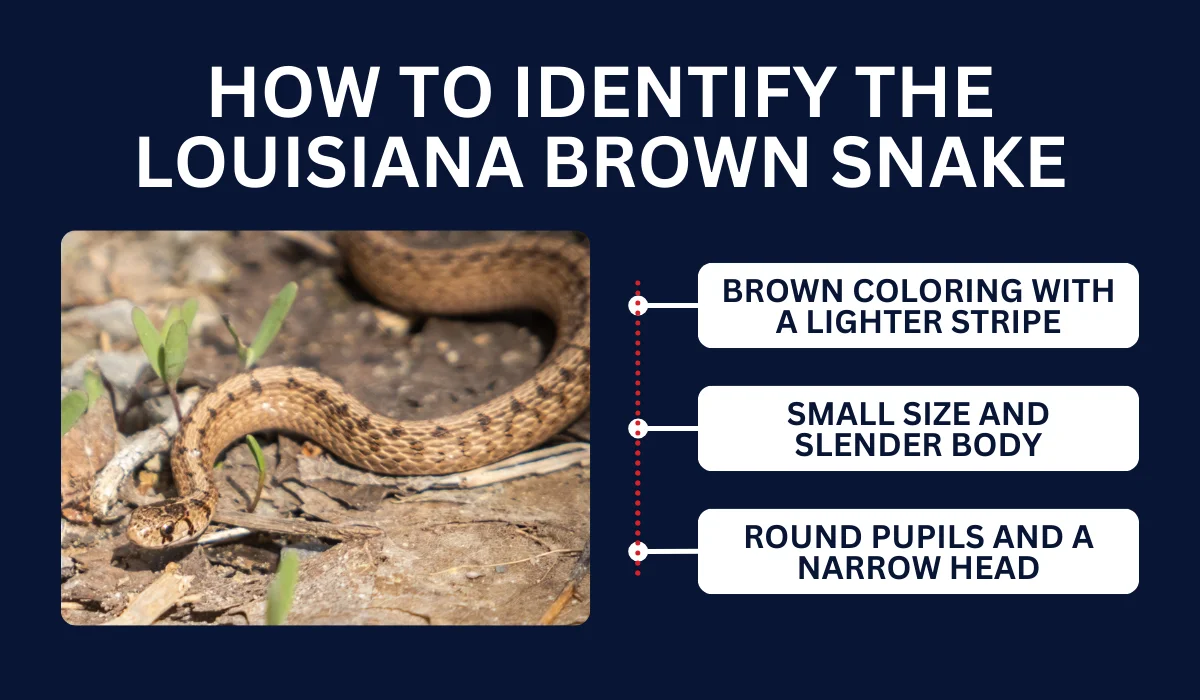
The Louisiana brown snake isn’t exclusive to our state, but it is one of the more recognizable snakes of Louisiana due to its size, color, and habits.
Knowing how to tell it apart from more dangerous lookalikes is key. Here’s what to know:
Brown Coloring With a Lighter Stripe
The Louisiana brown snake sports a tan or grayish-brown back with a distinct pale dorsal stripe. This stripe runs the length of the body and is often framed by rows of small dark spots.
These markings help it blend into moist, shaded environments. That camouflage is how they avoid predators like the western ribbon snake and the corn snake.
Small Size and Slender Body
Most adult Louisiana brown snakes are about 9 to 13 inches long. These small, slender reptiles are far less intimidating than their larger cousins, like the eastern diamondback rattlesnake or even the diamondback water snake.
Round Pupils and a Narrow Head
One telltale sign you’re looking at a nonvenomous snake like the brown snake rather than a northern cottonmouth or eastern copperhead is the shape of its head and eyes.
Louisiana brown snakes have a rounded head that’s about the same width as their body and round pupils. This is quite different from the wide, triangular head and cat-like pupils of venomous ones.
Where Louisiana Brown Snakes Live
From the pine forests of north Louisiana to the swampy wetlands of Baton Rouge, the Louisiana brown snake can be found just about anywhere. They’re not picky, but they do have a few favorite hangouts.
Leafy Backyards
Gardens and yards with heavy mulch or leaf litter provide the perfect cover.
These places are moist, full of slugs and snails (the snake’s preferred food), and tucked away from predators like rat snakes or plain-bellied watersnakes.
If your garden has seen a few amphibians hopping around, you might also be hosting a brown snake.
Storage Areas Like Sheds and Garages
It’s not uncommon for Louisiana brown snakes to find shelter in quiet corners of sheds, garages, and under porches. These areas are cool and protected, much like their natural habitats.
The same goes for boats or RVs that have been parked for a while; snakes sometimes settle in there too, especially during the colder months.
Wetlands and Natural Bayous
In the wild, brown snakes thrive near water sources like wetlands, creeks, and slow-moving bayous. These environments are rich in prey like amphibians, earthworms, and even small reptiles.
But they’re not alone.
Species like the ring-necked snake, Mississippi green water snake, and even alligators share these same spaces. So, they usually stick to the edge, hiding under logs and rocks.
Under Old Lumber or Debris
Anywhere that stays dark and damp is prime habitat.
Think wood piles, rotting logs, or stacks of old bricks. These places attract insects and snails, and they’re perfect for avoiding larger snakes like the coluber constrictor (also called the black racer) or speckled kingsnake.
How Do Louisiana Brown Snakes Behave
Despite how often they’re mistaken for copperhead snakes, Louisiana brown snakes are calm and completely harmless to people and pets.
Here’s how they act, especially when you encounter one unexpectedly.
Mostly Active at Night
Brown snakes are mostly nocturnal, which means you’re more likely to see them at dusk or early morning. During the day, they tuck themselves away, just like other North American racers such as the coachwhip.
Playing Dead or Freezing in Place
When scared, they’ll often freeze rather than run.
Some may flatten their bodies to appear larger, mimicking a venomous snake, like a scarlet snake, Texas coral snake, or pine snake. This behavior is just for show. They don’t strike or hiss like timber rattlesnakes. They’re trying to avoid a fight.
Flicking Their Tongue To Investigate
Brown snakes use their tongues to pick up scent particles.
If you see one flicking its tongue, it’s simply trying to figure out if you’re a threat or if food is nearby. This same behavior is shared across many subspecies of snakes, from the common garter snakes to milk snakes.
Staying Close to Food Sources
Their diet mainly consists of soft-bodied prey like earthworms, slugs, and especially snails. That’s why you’ll find them in gardens or flower beds—places where these pests tend to hide.
They won’t be interested in your pets or bird seed like rats might be, but they will help keep your garden a little less slimy.
Dealing With Snakes? LaJaunie’s Has Your Back
If you’re not sure whether you’re dealing with a harmless brown snake or a dangerous copperhead, let us help.
At LaJaunie’s Pest Control, we serve the people of Louisiana with expert removal and repellent services. From Baton Rouge to the bayous, our team can identify the species and set up a barrier to keep your property safe.
With same-day service, experienced technicians, and a 30-day retreatment guarantee, you can trust us to handle your snake problems without the guesswork.
Give us a call today, and let’s keep those reptiles where they belong: outside, and out of sight.
 By: LaJaunie's Pest Control
By: LaJaunie's Pest Control 